In addition to the historical and cultural values imbued with the colors of the times, Xi'an on the Silk Road is also a node that plays an important role in connecting the East and the West, promoting trade and culture. If you are planning to travel to China or visit Xi'an tourist destinations, please save the Xi'an travel experience that Vietravel suggests through the article below!
1. A brief introduction to Xi'an, China
Panoramic view of ancient beauty in the heart of the bustling city of Xi'an (Photo source: Collected)
Xi'an is a prefecture-level city that serves as the capital of Shaanxi Province, China. It is steeped in history as it was the capital of 13 Chinese dynasties, including the Zhou, Qin, Han, and Tang dynasties.
Xi'an, with its glorious history, has become a must-see tourist destination. In addition to impressive historical sites such as the Mausoleum of Qin Shi Huang and the Shaanxi History Museum, the city also attracts visitors with its special location on the legendary Silk Road. Xi'an is the eastern end of this famous trade and cultural route, where unique cultural exchanges are preserved.
After more than 3,100 years of formation and development, Xi'an is proud to be the cradle of the civilization of the Yellow River basin - the mother river that nurtured many generations of Chinese people. This place is also known as the "thousand-year capital", associated with famous historical figures such as Qin Shi Huang - the first emperor to unify China, Wu Zetian - the only queen in Chinese history, or Yang Guifei - the famous beauty "of the country and the fragrance of heaven".
2. The best time to travel to Xi'an
Each season in Xi'an is beautiful in its own unique and rare way (Photo source: Collected)
Xi'an has a temperate climate with four distinct seasons: spring, summer, autumn and winter, offering visitors unique experiences.
- Spring is from March to May, the climate is pleasant, not too cold nor too hot, suitable for outdoor activities. Besides, at this time the city also puts on a brilliant outfit with colorful flowers, adding to the poetic landscape.
- Summer usually starts from June to August every year. In the summer, the temperature in Xi'an will be higher than other seasons, but there are still sudden showers to help cool down. According to Xi'an travel experience during this season, visitors can participate in recreational activities at water parks, swimming pools or mountain climbing.
- Autumn (September - November) has a mild, pleasant climate, suitable for tourism activities. You will be able to admire the romantic scenery with brilliant yellow leaves, creating a poetic autumn picture.
- Winter lasts from December to February, during this season the weather is cold and there may be snow. But besides that, the city will transform into a white beauty, bringing a romantic and peaceful feeling to any tourist in Xi'an.
3. How to get to Xi'an
To get to Xi'an, you can choose from many different means of transportation. Depending on the type of vehicle and route, there will be different prices:
- Airplane: Airplane is the most popular means of transportation to Xi'an from Vietnam. With the advantages of speed and convenience, visitors can save travel time and enjoy the journey comfortably. The average price ranges from 7 - 10 million VND for one way depending on the airline, time of booking and seat class.
- Train: With a modern railway system and many trains departing every day, visitors can easily travel from Vietnam to Xi'an conveniently. The Gia Lam - Nanning railway line is the most popular railway route to travel from Vietnam to Xi'an by train.
- Car/Bus: According to Xi'an travel experience, traveling by road is a suitable choice for tourists who want to save costs and experience an exciting journey when coming to Xi'an. With the advantage of bordering China, Vietnam offers tourists many convenient road routes to travel to the "thousand-year capital".
When you arrive in Xi'an, China, you can travel by bus. This is the most cost-effective means of transport, with fares starting from only 2 Yuan/trip. Xi'an has a dense bus network, with more than 200 bus routes operating throughout the city. You can easily travel to famous tourist attractions, shopping areas, entertainment areas, etc.
4. Top 9 tourist destinations in Xi'an you definitely cannot miss
4.1. Mausoleum of Qin Shi Huang
The Mausoleum of Qin Shi Huang is a shining symbol of historical relics in Xi'an (Photo source: Collected)
When it comes to Xi'an tourist attractions, we must mention the top famous tourist destination in China - the Mausoleum of Qin Shi Huang. The Terracotta Army, a symbol of ancient Chinese history and a must-see destination for any tourist. Underground, there is a majestic army of more than 8,000 terracotta soldiers, war horses and chariots, recreating the military might of the Qin Dynasty.
In 221 BC, Qin Shi Huang, the first emperor of the Qin Dynasty, unified China and established the first feudal dynasty. To protect his power after his death, he ordered the construction of a huge mausoleum, including the Terracotta Army. This army was created by skilled craftsmen, accurately simulating the costumes, weapons and battle formations of the Qin army at that time. According to Xi'an travel experience, this is a destination you should not miss.
4.2. Big Wild Goose Pagoda
Big Wild Goose Pagoda: Buddhist Symbol and Treasure of Buddhist Scriptures in Xi'an (Photo Source: Collected)
Another famous tourist destination in Xi'an is the Dayan Temple. Located in Xi'an City, the Dayan Temple (also known as the Dayan Temple) is one of the oldest Buddhist structures with over 1,300 years of history. The temple is known as the "big goose", playing an extremely important role as a cultural symbol and national heritage of Xi'an City.
The temple was built in 652 during the Tang Dynasty, associated with the story of Master Xuanzang returning from India with Buddhist scriptures. The Great Wild Goose Temple has a unique architecture with 7 floors of 64 meters high tower, simulating the shape of a flying goose. Each floor of the tower is exquisitely decorated with Buddha statues, patterns and motifs. The Great Wild Goose Temple is not only a place of spiritual worship but also a symbol of the development of Buddhism in China. In 1984, the Great Wild Goose Temple was recognized by UNESCO as a World Cultural Heritage, contributing to affirming the great historical and cultural value of the temple.
4.3. The ancient city wall of Xi'an
Xi'an City Wall: Ancient Witness of Chinese Civilization (Photo source: Collected)
The majestic ancient city wall is a must-see destination for any tourist when visiting the ancient capital of China. Through the ups and downs of history, the ancient city wall still stands firmly, representing one of the greatest military architectural works in Chinese history. Built in the 14th century during the Ming Dynasty, based on the foundations of older walls from the Qin and Tang Dynasties.
Having gone through many wars and historical upheavals, the ancient city wall still retains its structure and has become a symbol of China's strength and resilience. According to Xi'an travel experience, visitors can walk or ride a bicycle on the wall, admire the panoramic view of Xi'an city and feel the heroic historical imprint. In 1981, UNESCO recognized the ancient city wall of Xi'an as a World Cultural Heritage, recognizing the great historical and cultural value of this work.
4.4. Bell tower
Xi'an travel experience recommends you to visit a very famous place, the Bell Tower. Located in the center of Xi'an city, the intersection of four roads, South, North, East, West, the majestic Bell Tower is a destination not to be missed for visitors when coming to the "thousand-year capital". With a history of more than 600 years, the Bell Tower is a unique architectural work, bearing the mark of Chinese culture and history. Built in 1384 under the Ming Dynasty, the Bell Tower is 36 meters high, with an area of up to 1,377 square meters, the largest bell tower in terms of structure and shape, best preserved in China.
4.5. The Great Ming Palace
One place that attracts many tourists to visit according to Xi'an travel experience is the Dai Minh Palace. Built in the 7th century under the Tang Dynasty, the Dai Minh Palace was the residence of the Tang Dynasty emperors for more than 200 years. The palace has a large area of more than 350,000 square meters, including many palaces, towers and gardens. The palace architecture is imbued with traditional Chinese style with curved roofs, carved meticulously to every detail, showing the majesty and splendor of the royal family.
Through the ups and downs of history, the Da Ming Palace still retains its ancient and luxurious features as when it was first completed. The Da Ming Palace is a testament to the splendor of the Tang Dynasty, contributing to the preservation and maintenance of traditional Chinese cultural values. Visitors can visit the main areas of the palace such as the Da Ming Palace, Ham Nguyen Palace, and Can Chanh Palace or participate in traditional cultural performances held in the area around the palace.
4.6. Muslim Quarter
The Muslim Quarter appears as a completely different world in the center of Xi'an city, offering visitors unique cultural and culinary experiences. Walking on the winding alleys, visitors seem to get lost in a maze of handicraft shops, restaurants and stalls selling all kinds of attractive street food. This is an impressive Xi'an tourist destination that you should not miss.
4.7. Mount Huashan
Mount Huashan is known as "The number one mountain under heaven" (Photo source: Collected)
Located in the east of Xi'an city, Mount Huashan stands tall and proud as one of the five most sacred mountains in China, attracting tourists with its majestic, breathtaking beauty and long-standing cultural and historical values. Famous for its steep cliffs, steep roads and the most rugged terrain in China, Mount Huashan is known as "The Number One Mountain Under Heaven". According to Xi'an travel experience, visitors can conquer the mountain top by cable car or hike along the trails, explore ancient temples and admire the majestic landscape of Mount Huashan.
4.8. Shaanxi Provincial History Museum
Shaanxi History Museum (Photo source: Collected)
The Shaanxi Provincial History Museum is like a gateway for history enthusiasts to explore the huge treasure trove of relics and journey back in time. With a large area of up to 7 hectares, the museum includes a magnificent Tang Dynasty-style architectural complex, preserving more than 113,000 priceless historical and cultural artifacts. The Shaanxi Provincial History Museum is one of the largest state-level museums in China, attracting visitors from all over the world for its great historical and cultural value.
4.9. Dai Nhan Tower
The last place in the Xi'an tourist attractions is the Big Wild Goose Pagoda. This is one of the most representative and oldest Buddhist architectural works in China. Built during the reign of Emperor Gaozong of Tang and completed in 652, the Big Wild Goose Pagoda has great historical, cultural and spiritual value, becoming a symbol of pride for the people of Xi'an. The Big Wild Goose Pagoda is one of the oldest Buddhist architectural works in China, with a history of more than 1,300 years. It used to be an important pilgrimage destination for Buddhists from all over the world.
5. Discover Xi'an culinary culture
Xi'an Cuisine (Photo source: Collected)
In addition to historical heritage, majestic natural landscapes and bustling shopping areas, Xi'an also attracts visitors with its unique cuisine, imbued with the typical flavors of this land. Xi'an cuisine is famous for its harmonious combination of ingredients: salt, vinegar, chili and garlic, creating dishes that are both rich and stimulating to the taste buds.
- Braised lamb with bread crumbs (Yangrou Paomo): According to Xi'an travel experience, you must try this dish. This is the most famous specialty dish of Xi'an that tourists cannot miss. This dish conquers diners with its delicious, fatty flavor, a blend of soft lamb, crispy bread and rich broth.
- Shaanxi Sandwich (Rou Jia Mo): A familiar street food of Xi'an, loved for its delicious taste and affordable price. Bread is sandwiched with marinated and minced pork, creating a rich filling. The price of each sandwich is only about 10 yuan (about 36,000 VND), suitable for all tourists.
- Liang Pi: A typical summer dish in Xi'an, it is cool and refreshing. The noodles are made from wheat or rice flour, then boiled and mixed with spices such as red pepper, sauce, salt, vinegar, minced garlic and bean sprouts.
There are also many other dishes in Xi'an waiting for you to discover.
6. Things to note when traveling to Xi'an
Before traveling to Xi'an, you need to note the following:
- Vietnamese citizens traveling to China need to apply for a visa before entering the country, regardless of whether they travel by land or air.
- Electrical outlets in China use 220 volts and come in two common types: 2-pin and 3-pin square.
- Each tourist entering China is only allowed to bring a maximum of 6,000 Yuan (RMB) in cash.
- You must dress modestly and politely if you visit temples, mausoleums, shrines, etc.
Above is the travel experience of Xi'an that you can refer to when going to the ancient capital of China this summer. The journey to explore Xi'an has ended, but the echoes of the cultural, historical and human values here will remain forever in the hearts of visitors. Come and experience Xi'an to feel the quintessence of Chinese civilization and keep unforgettable memories!
Source: https://www.vietravel.com/vn/am-thuc-kham-pha/kinh-nghiem-du-lich-tay-an-v15427.aspx


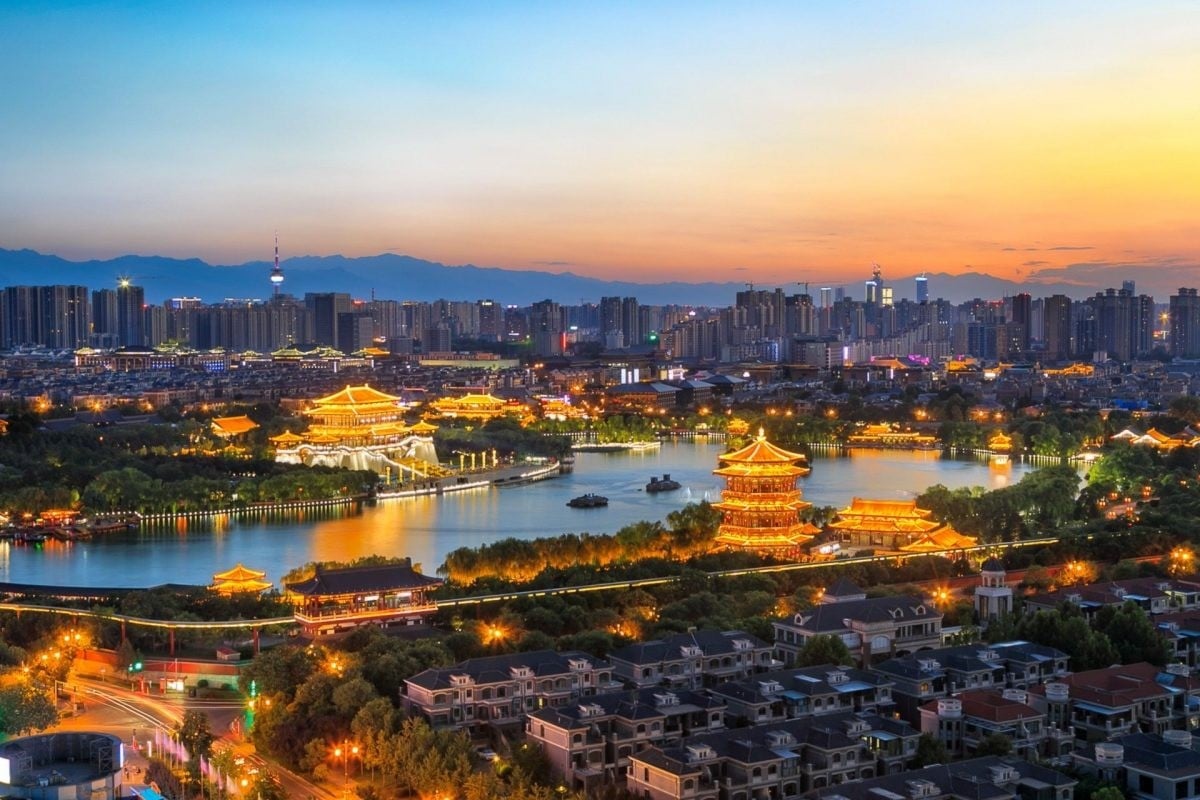
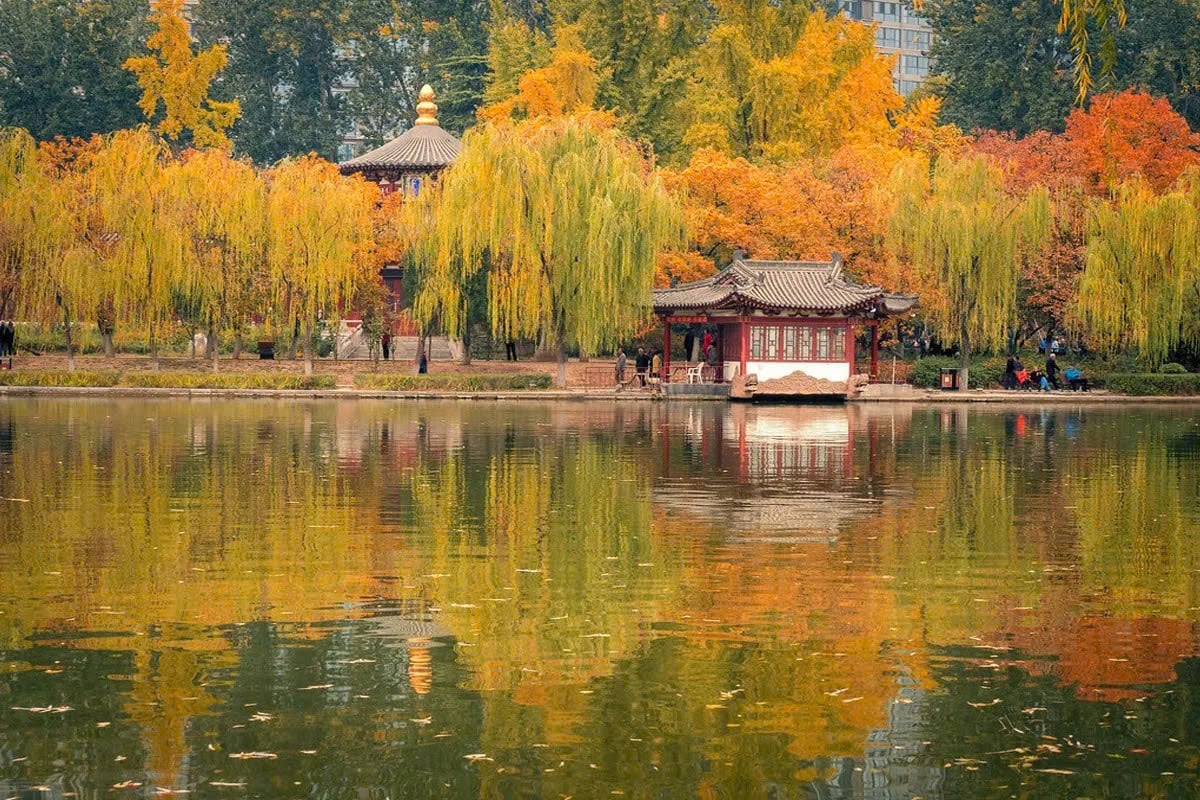
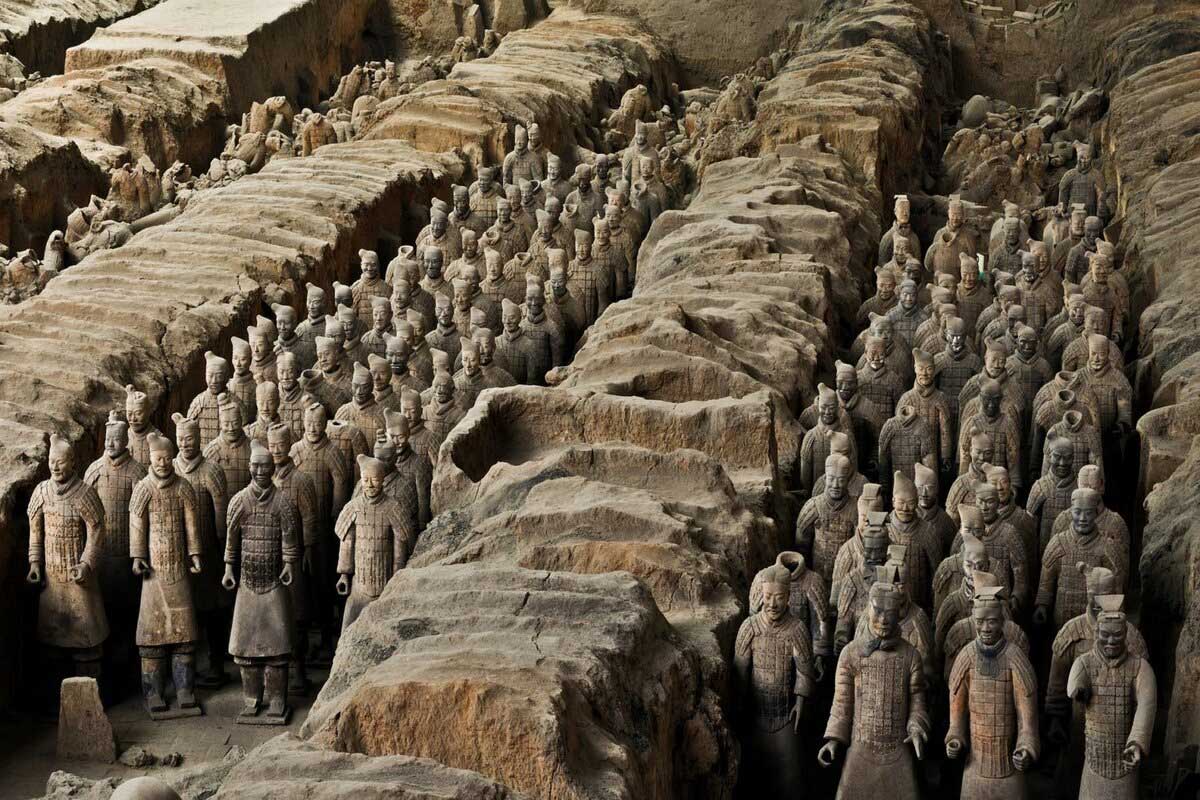
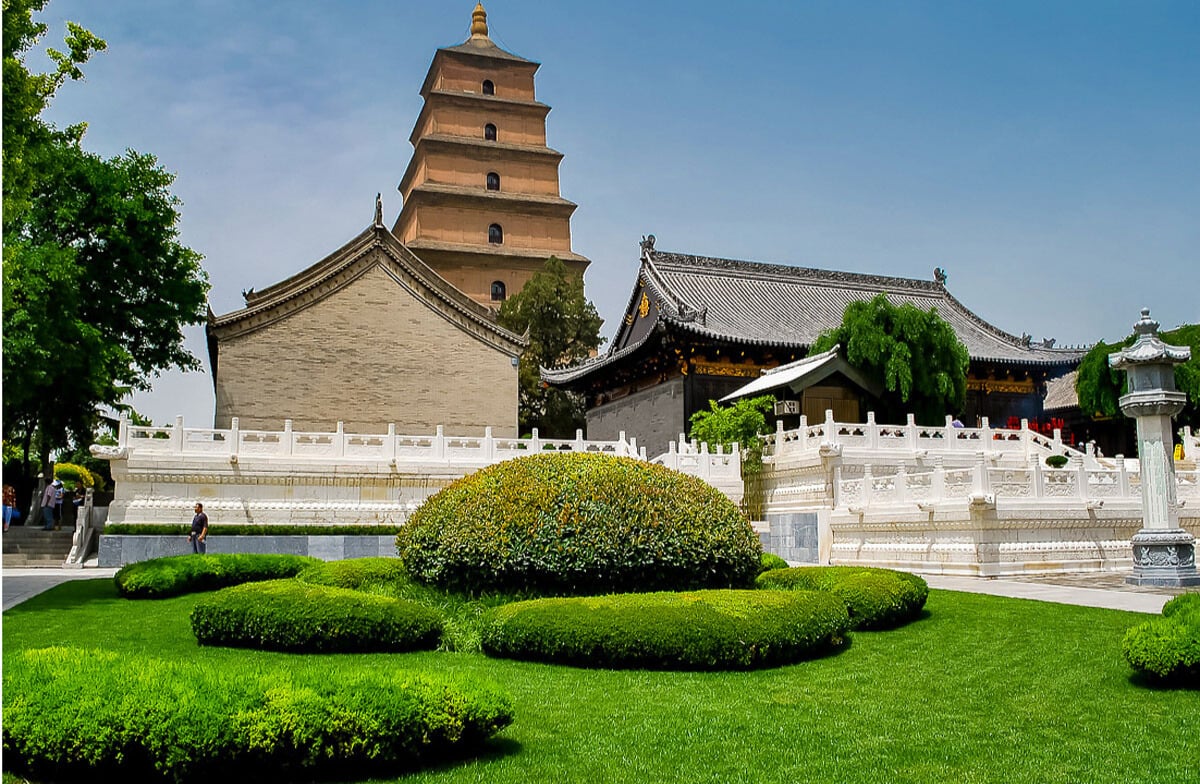
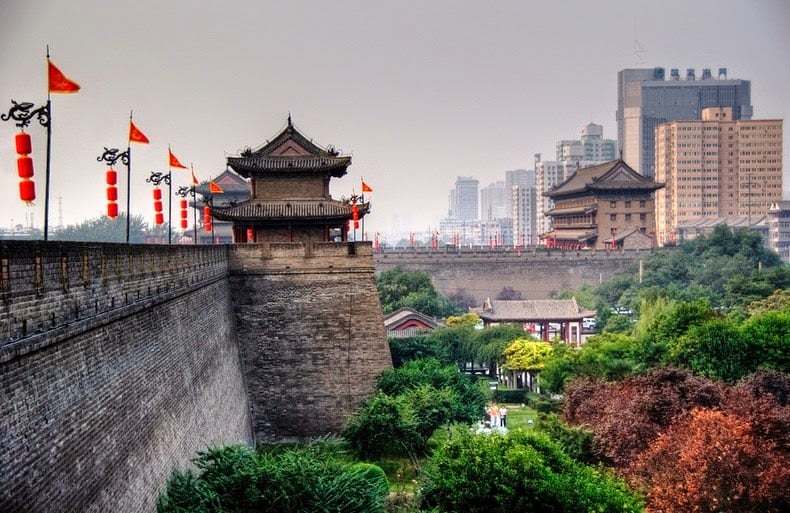
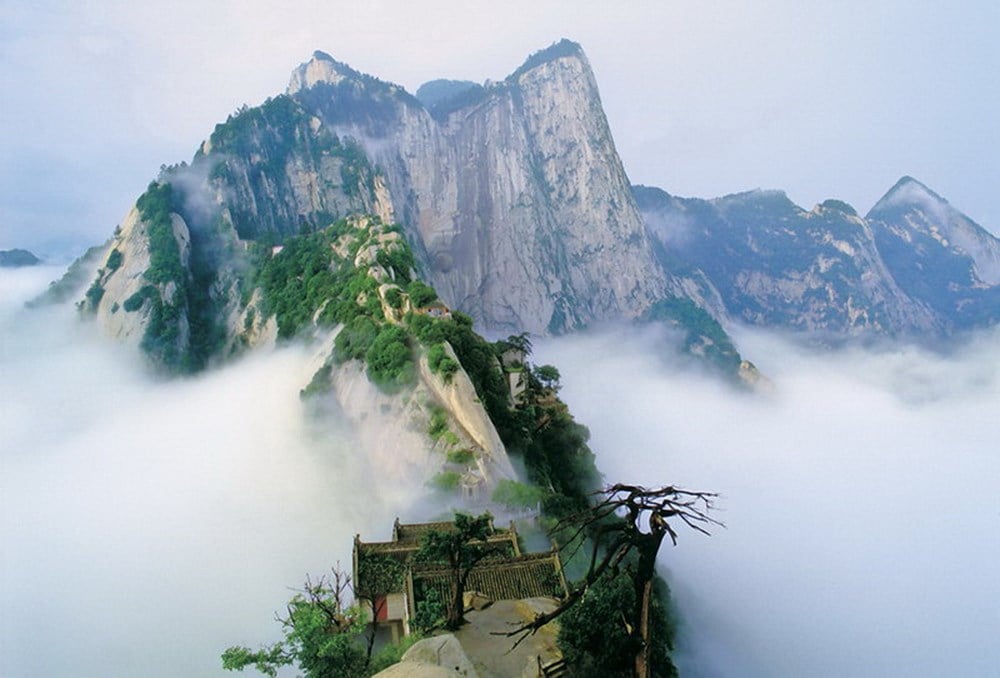
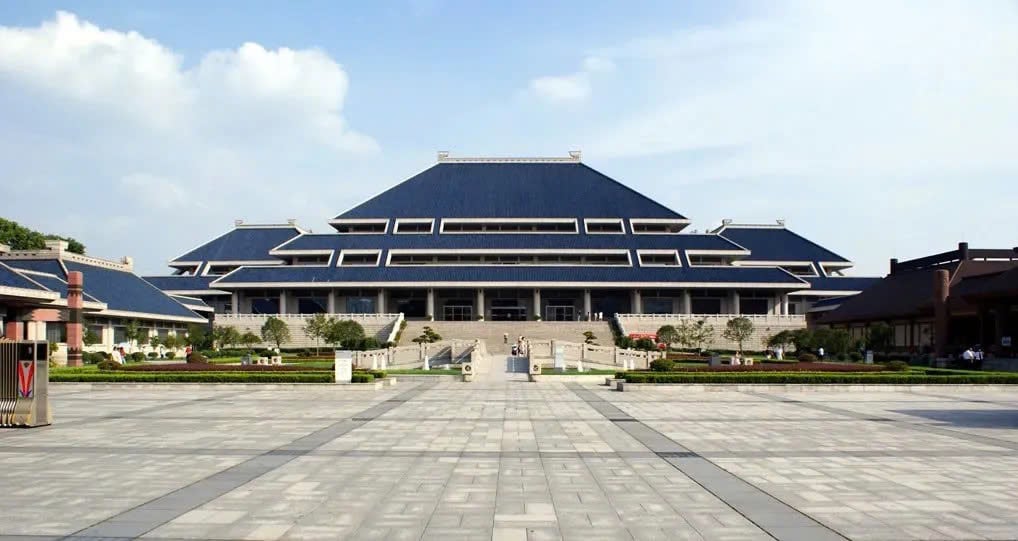
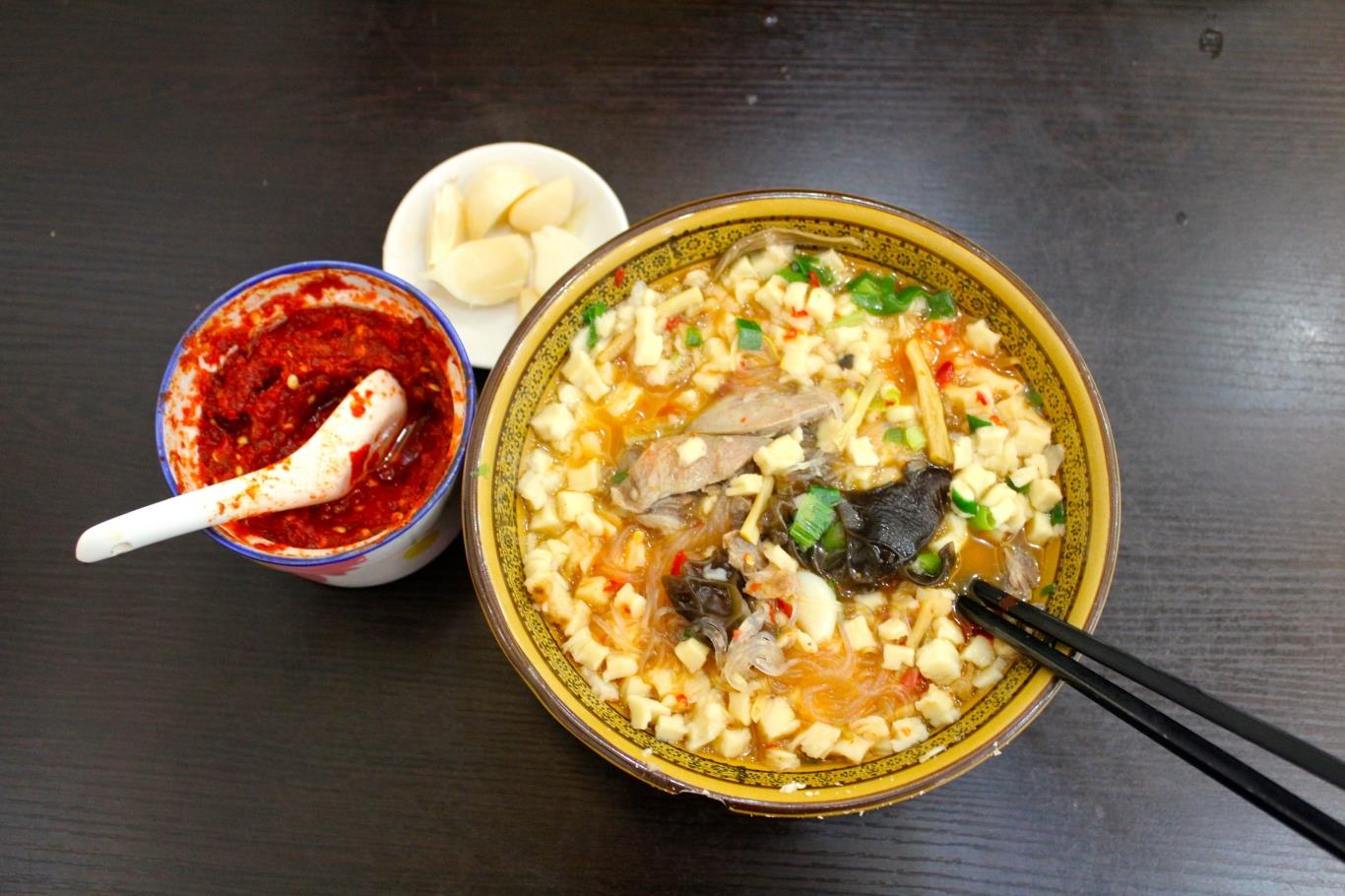



































































































Comment (0)